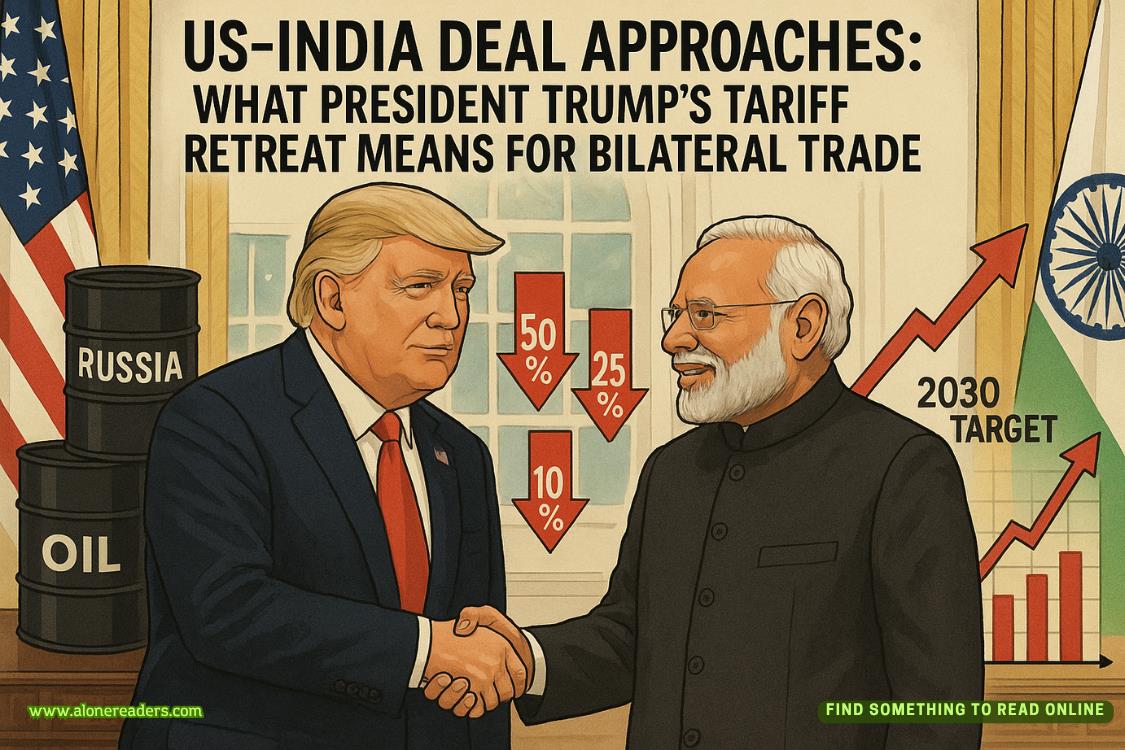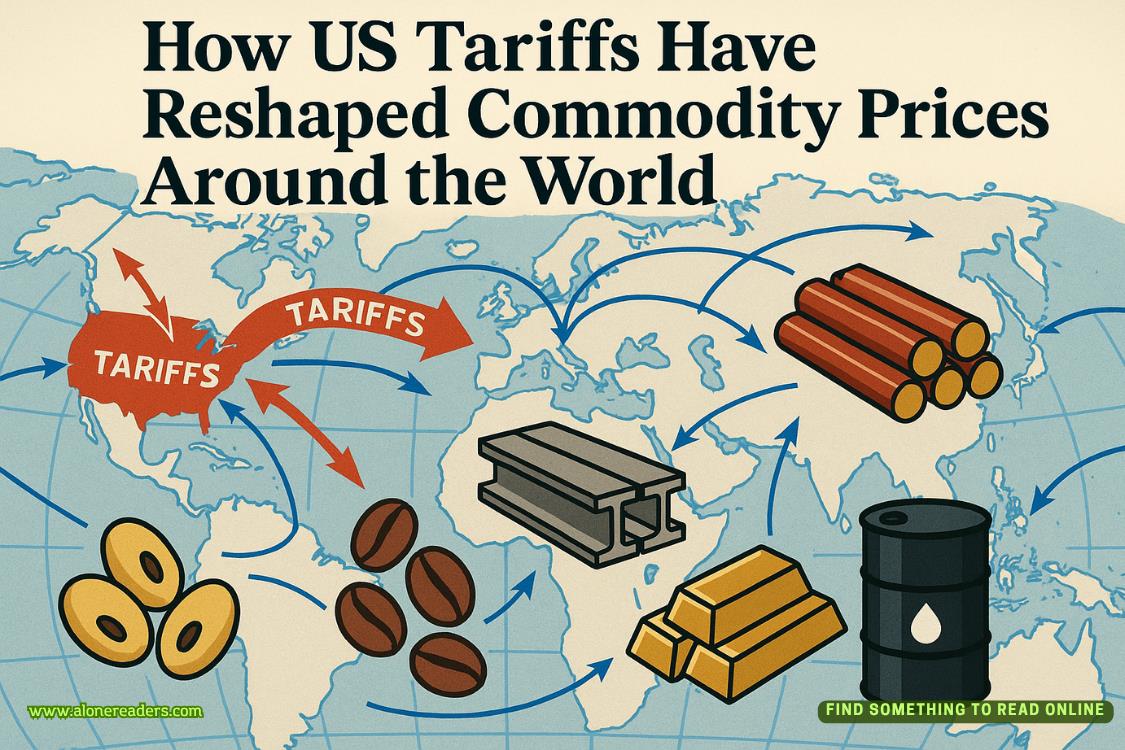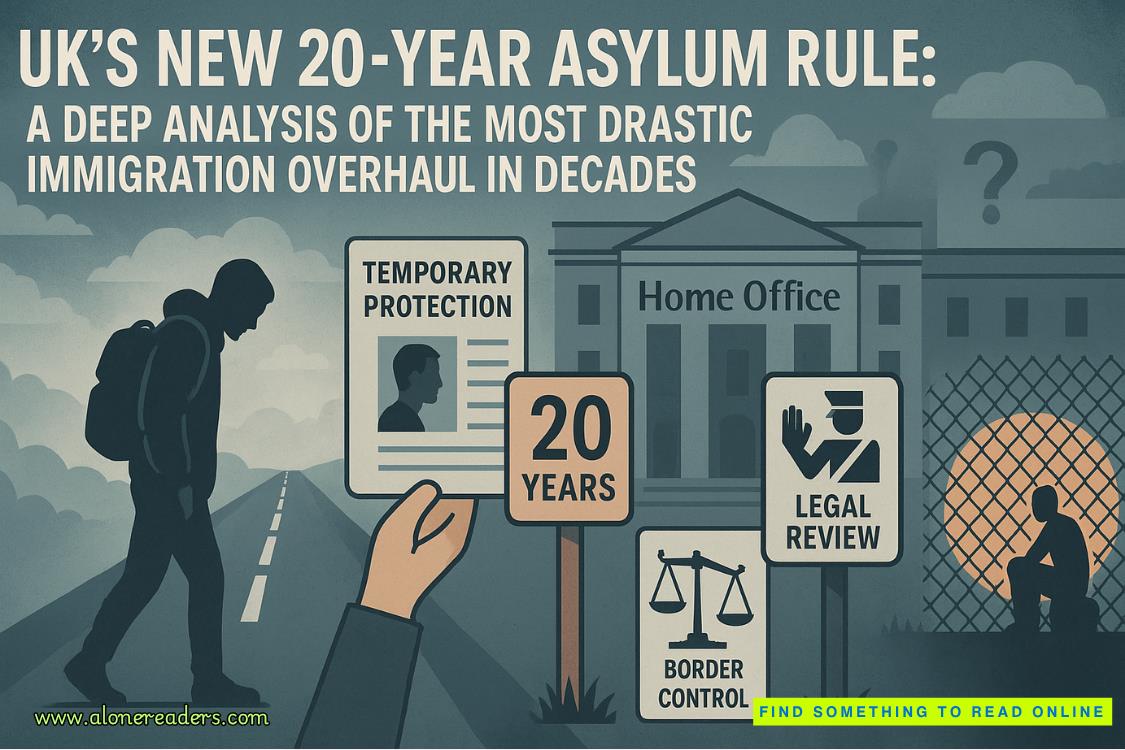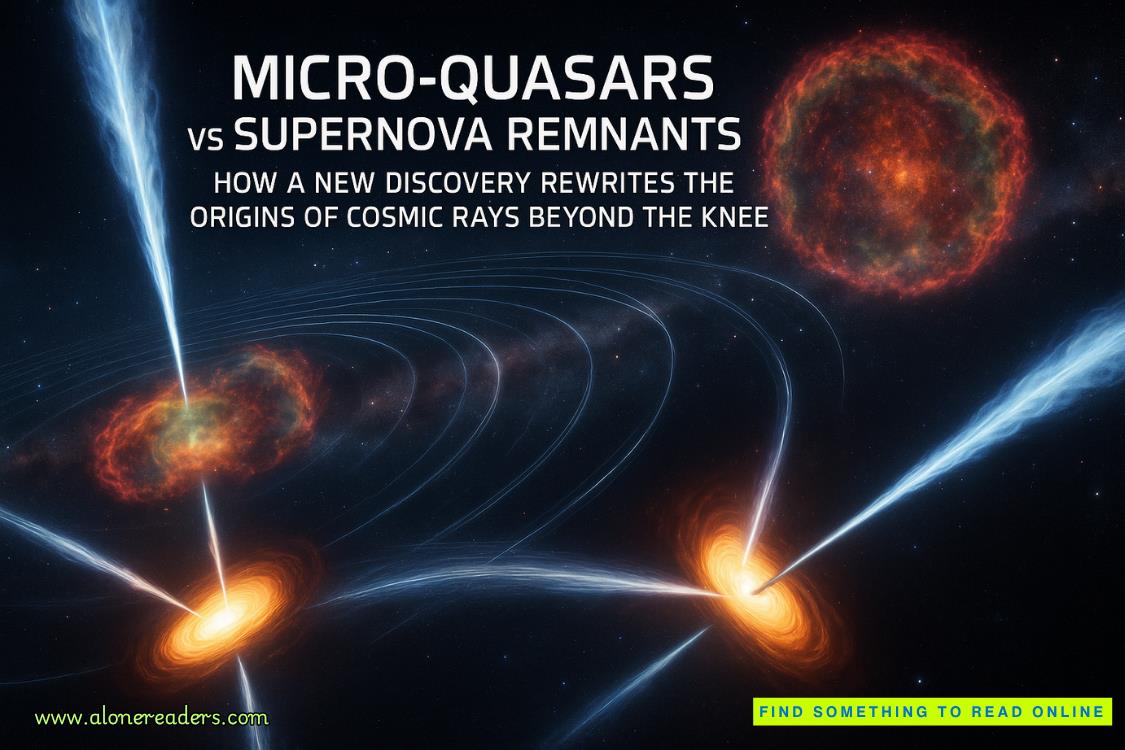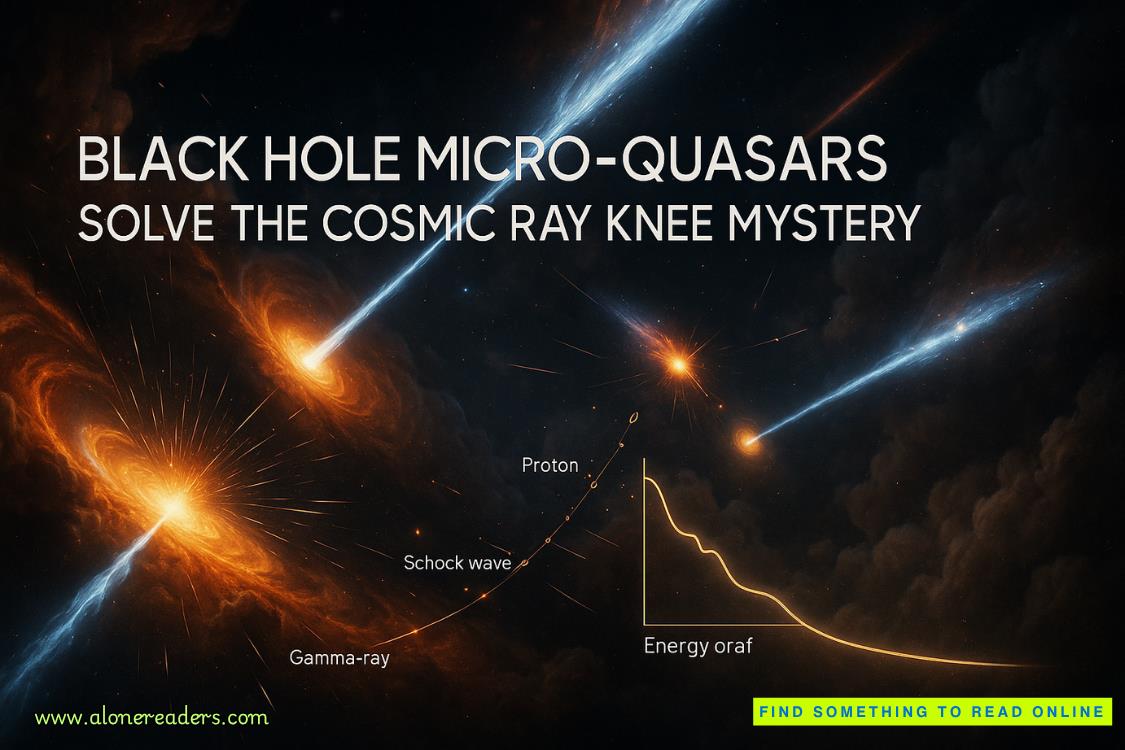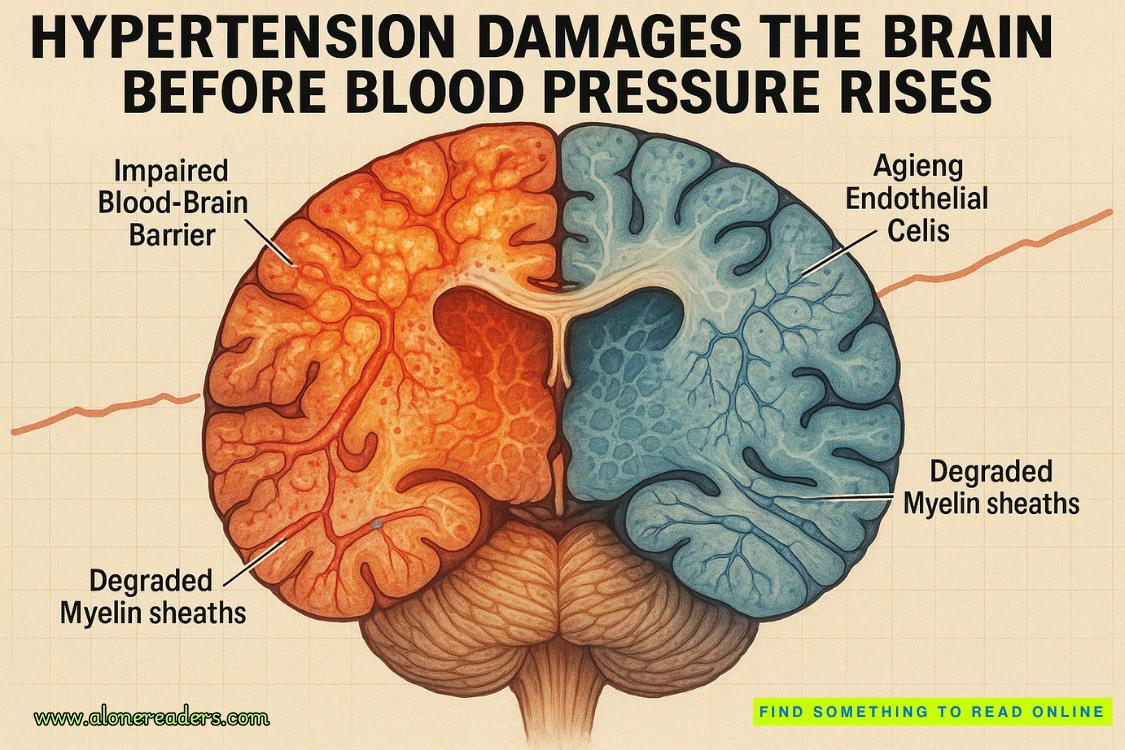Page 15 of No Time Off
Lexi
It was late afternoon when the hotel arranged a car to pick us up in front of the resort to take us on our tour and special?aha?ainaat the Polynesian village.
We were fully dressed for the occasion. Slash wore black slacks and a light-blue Hawaiian shirt decorated with dark-blue palm trees. He looked more like an Italian model, with his hair slicked back behind his ears and dark sunglasses, than an American tourist, but we are who we are. I wore a dark-blue Hawaiian wrap dress with white flowers that went down to just above my ankles, a gauzy white shawl, sandals, and a white flower in my hair that Slash helped me pin behind my ear. I added dark sunglasses, as well.
Somehow, we complemented each other, with both of us embracing the Hawaiian theme. That, of course, meant none of the fashion choices were mine. Basia had literally designed my entire honeymoon wardrobe, roping in Slash for a consult when it required him to wear a complementary outfit, which, apparently, tonight it did. The whole fashion thing added more than I expected to the overall ambience and expectations for a wonderful and romantic evening.
Slash asked the driver to take a picture of us since we were all dressed up and had a lovely backdrop with flowering bushes underneath a large ficus tree with low-hanging branches. He agreed, and after a few snaps we climbed into the car, ready for our first out-of-the-room honeymoon activity.
Our car wound lazily along roads flanked by dense foliage, eucalyptus trees, and a variety of palms swaying in the breeze. The car windows were open, so we enjoyed the warmth and fragrance of the tropical air. It carried the intoxicating scent of flowers—including what I now recognized as plumeria—the ocean’s salty tang, and a hint of the rich, musky volcanic soil.
The sun had just begun its descent by the time we arrived at the Polynesian village. Slash checked us in, and we were immediately given lovely blue-and-white leis that matched our outfits (they had an assortment of colored leis to choose from) and introduced us to our personal guide, Kai.
Kai was a young guy, maybe twenty or twenty-one, who was shirtless and wore a bold black-and-white-patterned sarong. He had several fascinating tattoos on his extremely buff torso, including one that look like a decorated mask, surrounded by an intricate pattern of swirls and lines.
He caught me staring and smiled broadly, flashing the whitest teeth I’d ever seen. “Aloha,e komo mai. That means hello and welcome. I see you’re interested in my tattoo.”
My cheeks heated. “I couldn’t help but be fascinated. It’s beautiful.”
“Mahalo.” He bowed his head slightly. “It was done bykakau, the ancient Hawaiian art of tattooing. This tattoo is a generational representation of me, my family, and my ancestors, a visual reminder of my responsibility to my family, community, and heritage. We don’t use needles to piece the skin—instead we use bone, usually from the Hawaiian albatross, because it is so hard. The designs are native and ancestral. I do not choose my design. Instead, the master tattooist chooses a unique design for me based on my personality and my genealogy. It is genuinely a part of me.”
“That’s really cool.” I glanced down at my wrist, where I had a semi-tattoo of my own. A ring, myengagementring, had been burned into my wrist as part of our native marriage ceremony in Brazil. Slash had the same mark on his wrist. He caught my glance and turned his arm slightly toward mine, indicating he was thinking the same thing. Like Kai, our tattoos were a part of the history of us.
Again, Kai gifted us with his wide smile. “We’re happy to have you visit our village and learn about our heritage. Is this your first time here?”
“Yes, it is.” We both nodded.
“How do you like Hawaii so far?”
“It’s stunning,” Slash said. “In many ways, but especially in terms of landscape, flora, and geological features. We’re only here for a short visit this time, but I assure you, it didn’t take us long to decide we intend to return for a much longer stay.”
“I’m happy to hear that. I do hope you enjoy yourselves this evening.”
“We already are,” Slash said, meeting my eyes before taking my hand and giving it a gentle squeeze.
The village bustled with activity, a nice blend of the past and present. Polynesian villagers, clad in vibrant attire, moved among us, their smiles warm and welcoming. We strolled hand in hand through the village as Kai pointed out the historical and cultural aspects of life for native Hawaiians. Ancient Polynesian villages were typically centered around a wooden thatched gathering house and a stone temple, while smaller huts were built on platforms with a framework of wooden poles lashed together with a coarse twine. They thatched the roofs with pandanus, sugarcane leaves, and swatches of pili grass.
“When were the Hawaiian Islands originally settled?” I asked Kai.
“Our traditions and archaeologists place the arrival of the first Polynesians around 900 AD,” Kai answered. “The Polynesian people arrived as far west as Fiji, Samoa, and Tonga over a thousand years before that, but oddly, eastern expansion stopped for almost a millennium.”
“So, Hawaii was settled from the south?” Slash asked. “I’ve always assumed it was from the west.”
“That’s a common misconception largely due to a misunderstanding of the prevailing winds in the Pacific,” Kai said. “Unlike North America, where the prevailing winds move west to east, in the central Pacific, the winds move east to west. The prevailing wind in Hawaii is from the northeast to the southwest. Thus, the original Polynesian explorers were sailing into the wind searching for land.”
“Into the wind?” I shuddered. “On primitive boats with no life vests or Dramamine? That’s crazy. It scares me just thinking about it.”
“Our ancestors were certainly brave and amazing people,” Kai said proudly. “To think they were able to return to their islands and bring back their families to settle is an amazing feat.”
“It is, indeed,” Slash said.
Kai seemed genuinely delighted we were so interested in learning about his heritage and culture. “Here’s another interesting fact about my Polynesians ancestors,” he said as we walked along. “See if you can answer this question. What was the last landmass in the world to be inhabited by people, apart from Antarctica and the Arctic?”
“Easter Island?” Slash guessed.
Kai shook his head and glanced at me. “Want to give it a try?”
“How about the Pitcairn Islands?”


